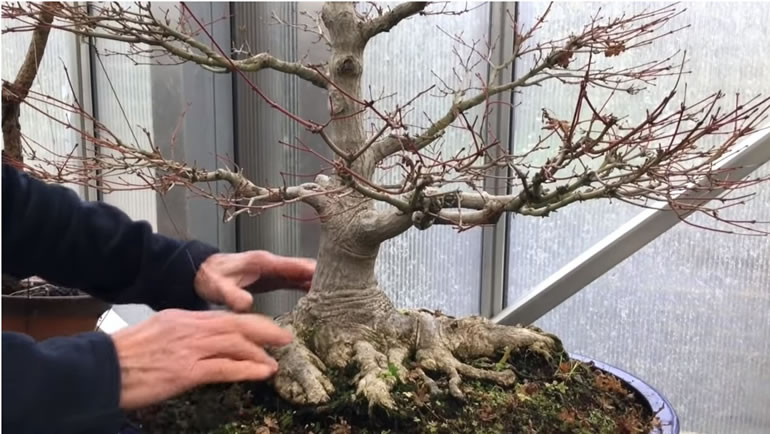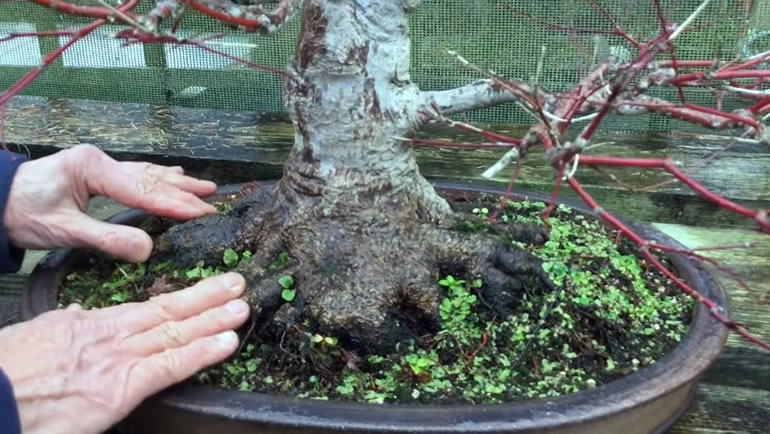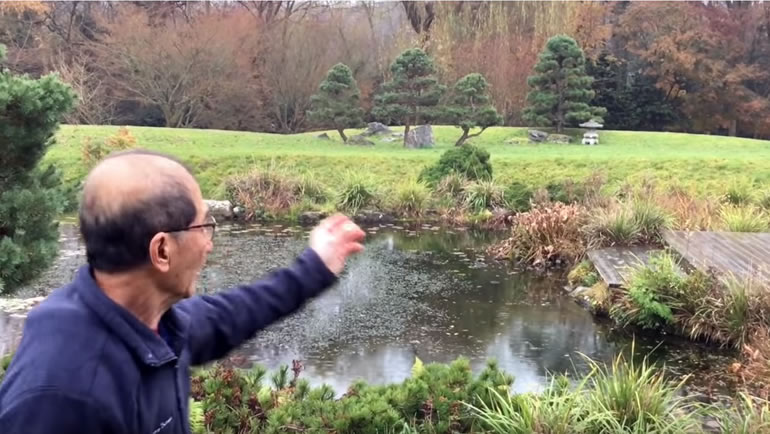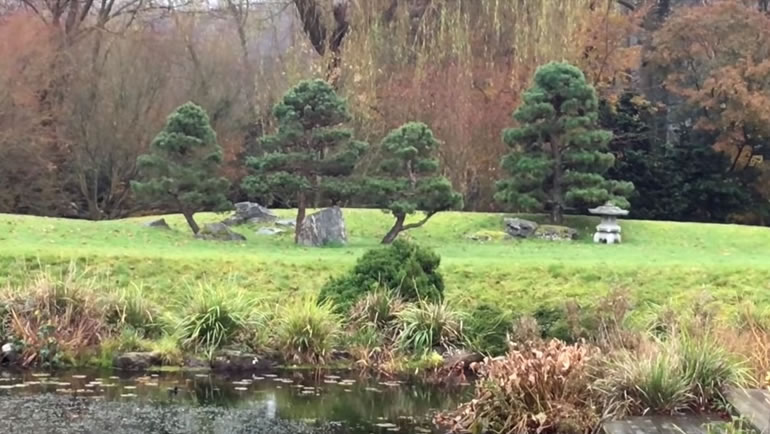 Commonly Used Bonsai Terminology
Commonly Used Bonsai Terminology
In this youtube video I’m going to talk about commonly used Japanese bonsai terms. You will find that, as you get into the art of bonsai many people like to use Japanese terminology to impress others. Personally, however, I don’t like to use too many Japanese terms. This is because, although the Japanese are one of the best Bonsai practitioners, the original inventors of bonsai are in fact, the Chinese. The Chinese are a very proud people and like to use their own bonsai terminology. Nevertheless, bonsai has been exposed to the west for so long through Japanese growers, therefore the use of Japanese terminology has become quite common and there are certain terms which are helpful to know.
Of course there are hundreds of Japanese terms but it is not necessary to know them all. Some of the most common terms in the bonsai world are ‘jin’, ‘shari’ and nebari. I will show you some examples of these as we walk around the nursery.
A shari is the white driftwood that you find on a tree’s trunk.
Both Jins and sharis are found in nature. If you head to the Japanese mountains you will find Juniper’s which have lots of natural Jins and Sharis. In bonsai Jins and Sharis are often carved and refined to make them even more beautiful.
This tree is a Junipers Sabina, all the beautiful twists and bends in this tree have actually been created by nature. The impressive features of most juniper bonsais will be created naturally at first and then further refined by the bonsai grower to enhance their beauty.
While the term translates to ‘collected from the mountains’ the term Yamadori usually refers to bonsai such as this, with very dramatic trunks and branches.
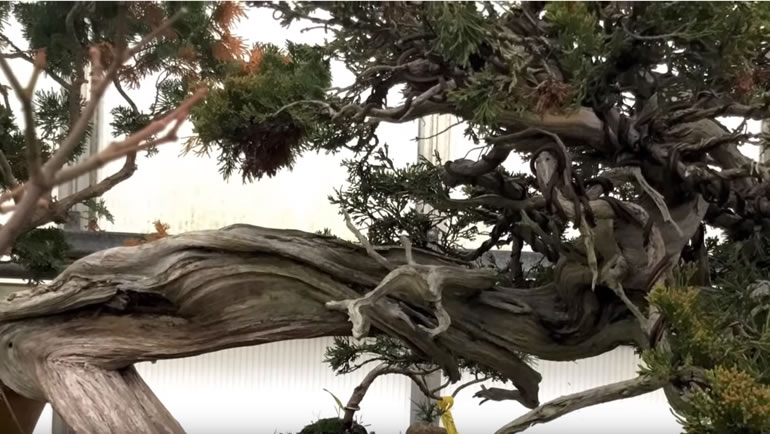
This is a ceramic figure of a mythical creature: the Tanuki. Although this is a representation of the mythical Tanuki, the Tanuki is actually also a real creature. Tanukis or ‘Japanese Racoon Dogs’ live in Japanese suburban cities and are similar to the foxes we find in Britain and Europe. The Japanese are very fond of this animal, it is what is known as a ‘loveable rogue’: a mischievous yet harmless creature. It resembles a badger and belongs to the badger family. You will find these figures outside restaurants and such in Japan, put in place to welcome guests. The mythical version of the tanuki is often depicted wearing a hat and holding a bottle of saki and a little bag. As the Tanuki is a mischievous creature always out to trick you, we use the term Tanuki in bonsai terminology when referring to a tree with artificially created driftwood. Tanuki is not a derogatory term however, it is simply a way of referring to a skilful technique used to create an authentic look.
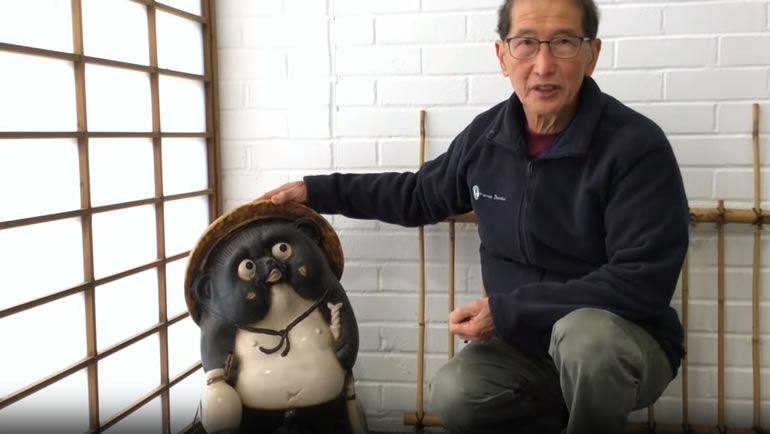
It’s the end of October and this lovely larch has just shed its leaves. Lots of people admire this tree because of its beautiful driftwood. This tree is a perfect example of a Tanuki. As you can see this is actually a thin larch which has been skilfully wrapped around a piece of very nice driftwood.
You can see that this Tanuki has been so carefully done that it looks as though it is absolutely part of the tree. This tree has not been done by me, we purchased it from another grower.
Now, this fine juniper is a tree with a very thick trunk and lots of driftwood in the front. Although it looks as though it is part of the tree this is yet again another example of a Tanuki. To create this bonsai we have used several small junipers and a piece of driftwood. Here you can see two small junipers which have been pinned to the deadwood. This technique has been used to make it look as if the tree has one large trunk.
Here on the tree you can see two small junipers which have been pinned to the deadwood. This technique has been used to make it look as if the tree has one large trunk.
As the driftwood is so thick and old, you’d think that the tree itself was a very mature tree. In fact, the young trees used to create this bonsai are only around 15 or 20 years old. The overall tree could easily pass for a tree over 80 years old.
This next tree is a very large needle juniper or Juniperus rigida. You can see that the thick trunk is not Tanuki. The driftwood is a natural part of the tree and has been carved.
This branch has died and will be turned into a jin. The other branches on the tree have not quite died yet but will shortly and will also be turned into jins. Trees such as this Juniper rigida and the juniper chinensis are very suitable for making jins and sharis.
Another commonly used term in bonsai is ‘nebari’. In Japanese the term ‘Nebari’ is used when referring to a bonsai’s surface roots. This is a term which is used often as the quality of a bonsai is determined (to a large extent) by the quality of its surface roots. If a bonsai doesn’t have good surface roots it could be referred to as a telegraph pole (simply a pole stuck in the ground). As you can see this Maple has a beautiful nebari.
This next Japanese maple has one of the best nebaris you will find on a Maple. The nebari gives the tree a truly time-honoured look and makes it look so stable and powerful.
This next Japanese maple has one of the best nebaris you will find on a Maple. The nebari gives the tree a truly time-honoured look and makes it look so stable and powerful: exactly what a good nebari should do.
You will see in the behind me is our Japanese garden which we started about 25 years ago. The four large Japanese garden trees are made from ordinary scotts pines and are around 30-40 years old. Over the last 25 years they have been created into these beautiful shapes. The largest tree on the right is at least 12 feet tall. Many Japanese landscape artists try to impress people with the term ‘Niwaki’, however this term simply means garden tree!








.png)
 Commonly Used Bonsai Terminology
Commonly Used Bonsai Terminology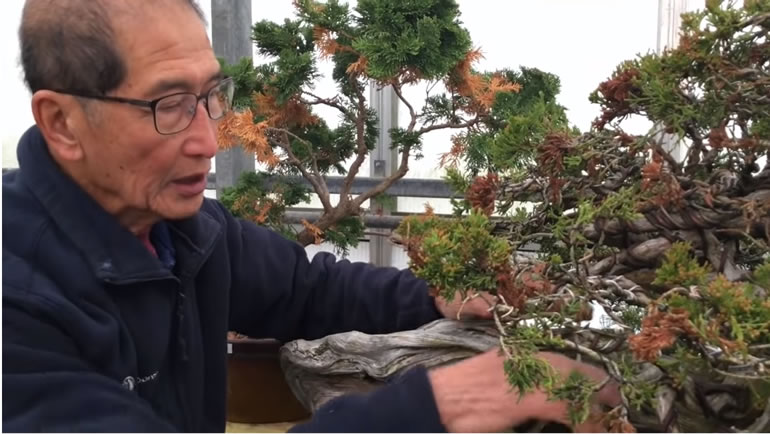
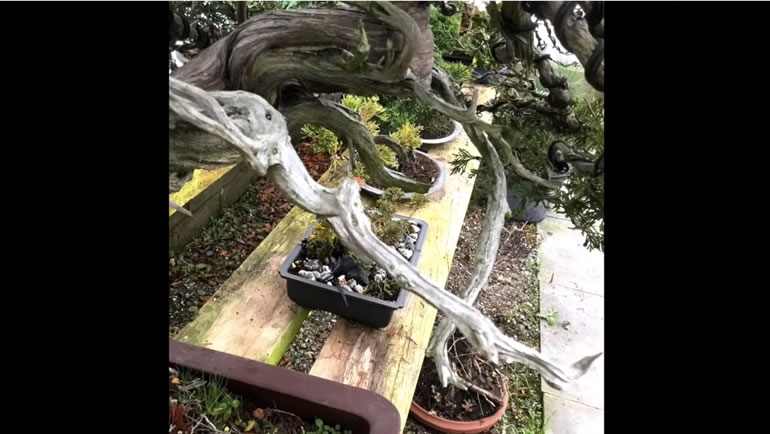
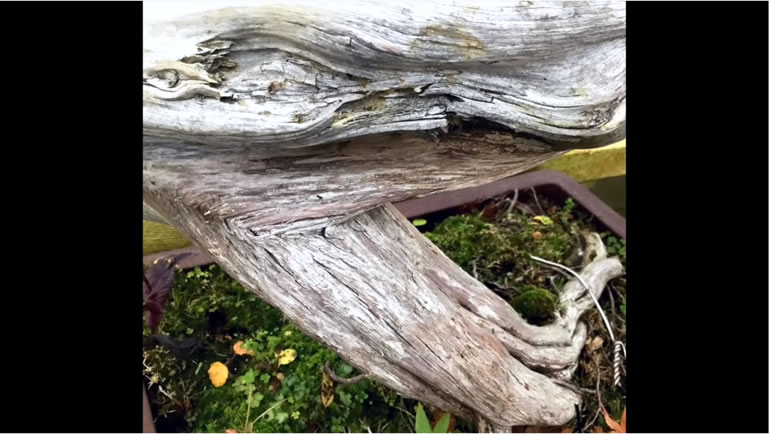
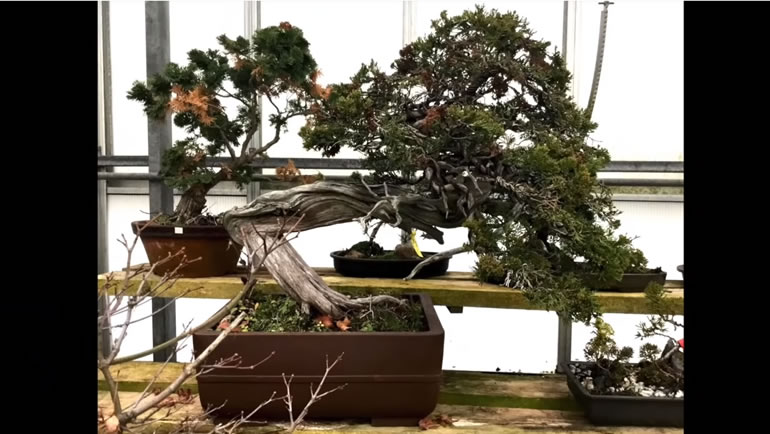


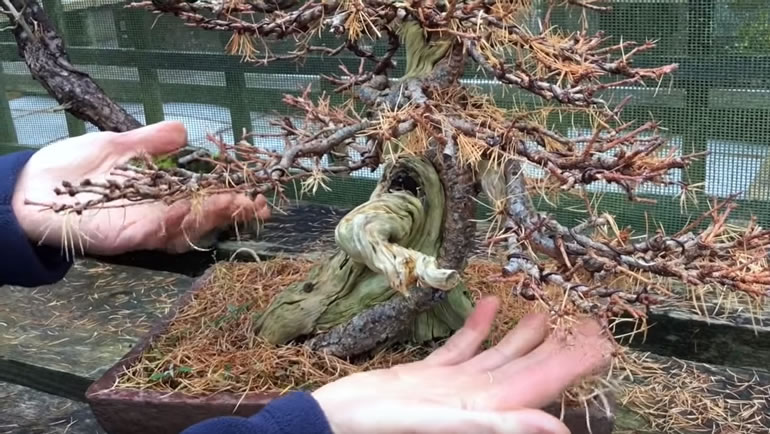
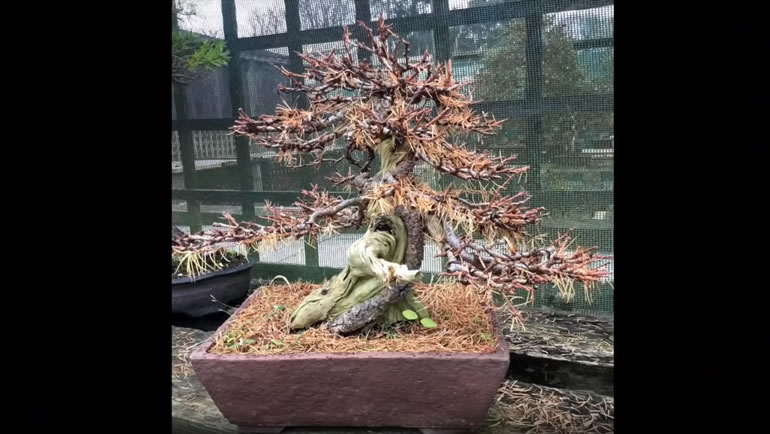
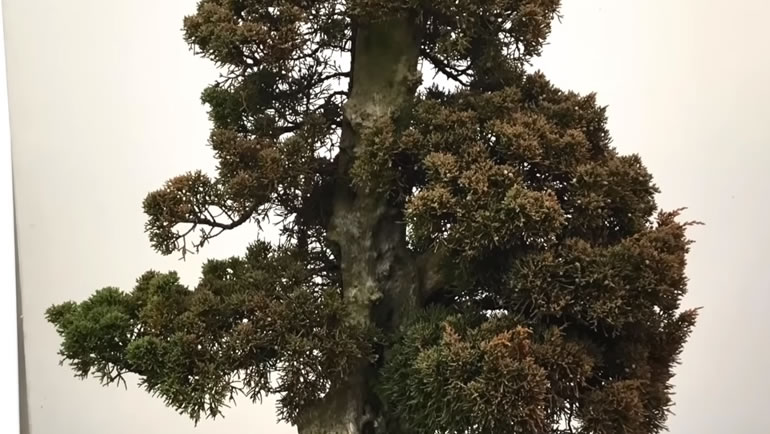
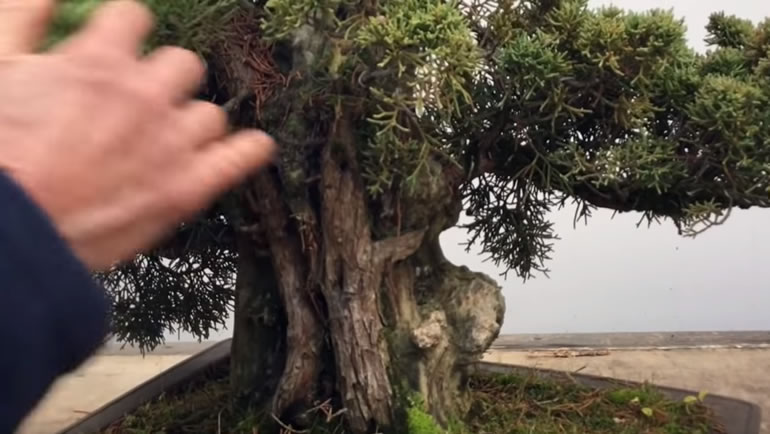
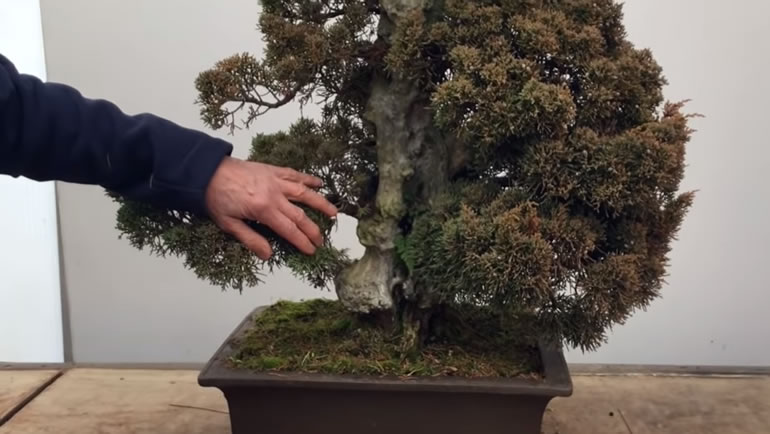
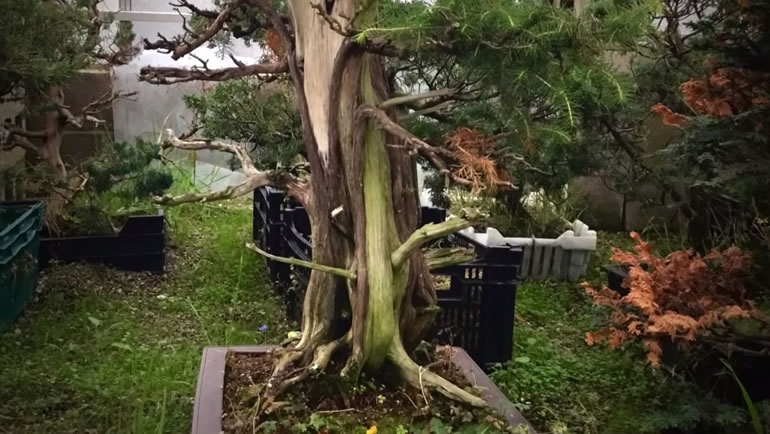
.jpg)
